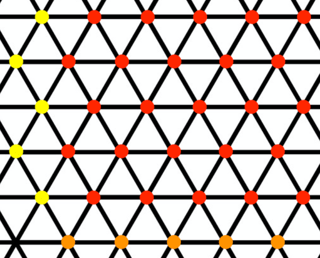Some countries are proposing to reopen high schools soon. To ensure safety, they want to make sure that all pupils in a class are at least 2 m apart. To help them find the smallest room that can fit the pupils from one class, we need to solve the following puzzle.
Given 30 dots, what is the smallest area rectangle that can fit all the dots in with no two dots being less than 2 m apart?
For practical reasons, a classroom's width should be within 2 metres of its length.



